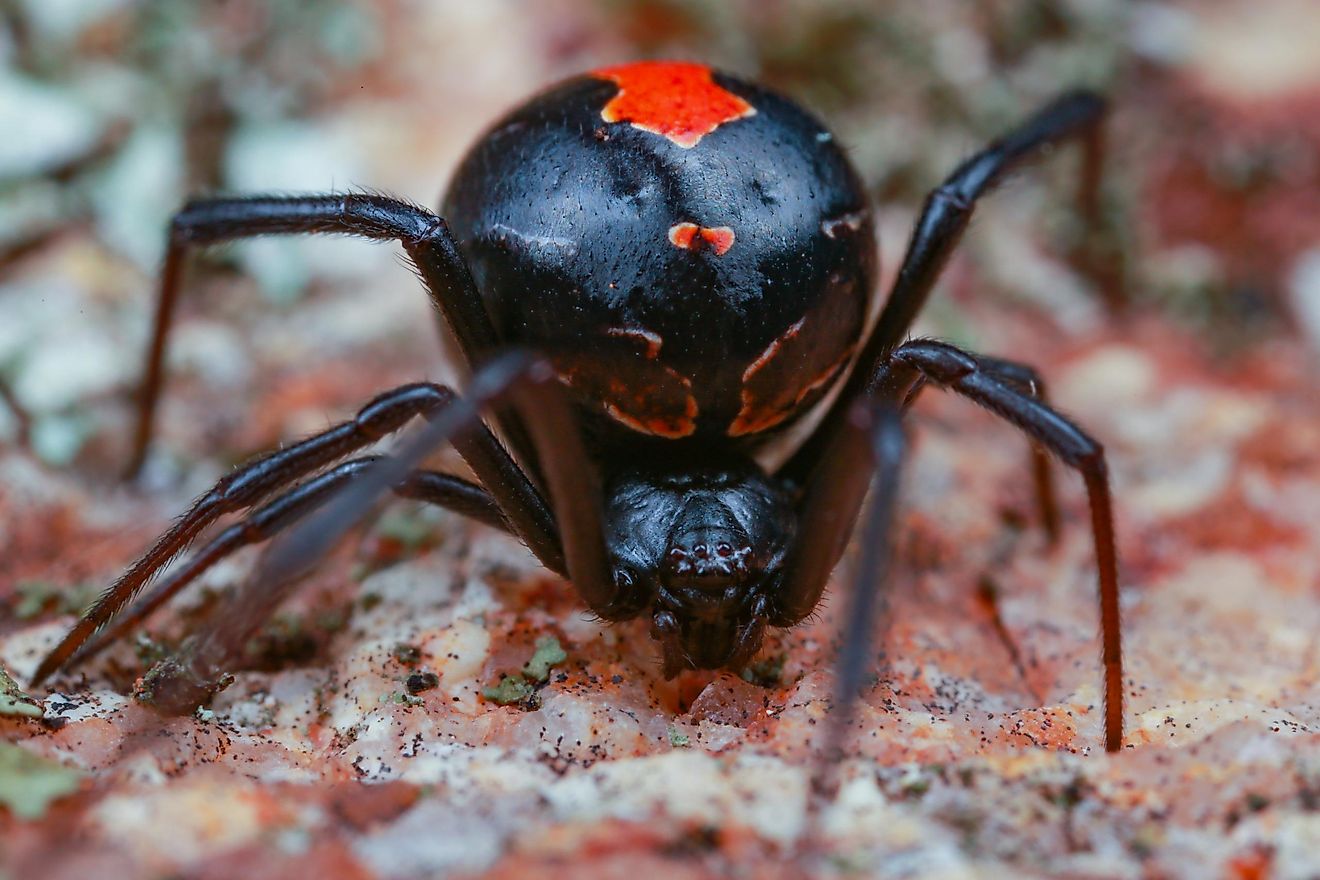


These spiders mostly feed on insects, including other spiders, lizards and frogs and would occasionally prey on bird hatchlings.įour genera, Selenocosmia, Selenotholus, Selenotypus, and Phlogiellus are generally found throughout the country. They are also called bird-eating spiders, although it is rarely justifiable. Image credit: shutterstockĪustralia has its own native tarantulas, though they’re also known as whistling or barking spiders because of the sounds some species can produce by rubbing their front limbs against their jaws. Related: The truth about white-tailed spidersħ. Unlike other spiders, mouse spiders are often active during the daytime, while other species from the same family prefer to wonder at night to avoid the heat and the day-active predators. The females generally remain in their burrow, while the males wander looking for them, generally in late summer to early winter. Mouse spiders are rather lethargic and rarely aggressive.

Studies have shown the funnel-web spider antivenom to be effective for mouse spider envenomation and because it is sometimes difficult to tell the two species apart, the bites should be treated with the same precaution. Their venom is similar to the funnel-web spiders, although no deaths have been attributed to them only one case of severe envenomation has been recorded. There are eight species of mouse spider found all across Australia and they’re typically found in burrows, often near rivers or waterways, and can occasionally be found in suburban areas. Envenomation can cause various effects, but the main symptom is severe and persistent pain – which can last hours to days depending on the person’s sensitivity to the venom – and may include nausea, malaise and lethargy. Their venom affects the nervous system, which is potentially dangerous for humans, but their small fangs make many of the bites ineffective. Most serious bites are from the female redback spider, which measures about 1cm long (bigger than males) and is recognisable by the well-known red stripe on its back, from which it gains its name. No deaths have been recorded since redback antivenom became available in the 1950s. Numbers of redback spider bites are uncertain, but about 2000 are reported each year and about 250 people receive antivenom. They often hide in dry, sheltered places such as garden sheds, mailboxes and under toilet seats. Redback spiders are found throughout Australia, in many habitats, including urban areas. ( Latrodectus hasselti) Image credit: shutterstock They feed on prey ranging from beetles to frogs and appear to be generally more active in the warmer months, between November and March. But antivenom is available and proved very effective. Half their bites result in severe envenoming.Įvery year, up to 30-40 people are bitten by funnel-web spiders. cerberea probably count as the most dangerous ones. The impressive northern tree funnel-web spider, Hadronyche formidabilis, (4-5 cm long) and the smaller southern tree funnel-web spider, H. There are about 40 species of funnel-web spiders in Australia, but only six have been reported to cause severe envenomation, with victims generally around southern Queensland and northern New South Wales. Other funnel-webs Image credit: shutterstock One in six bites causes a severe reaction, but since the antivenom has been made available, in 1981, no fatalities have been recorded.Ģ. Their venom has a compound that can attack the human nervous system and alter the functioning of all organs and, when coming from a male, can kill. Though just 1.5-3.5cm big, the Sydney Funnel-web has fangs larger than a brown snake’s and so powerful they can even pierce through nails and toenails.


 0 kommentar(er)
0 kommentar(er)
